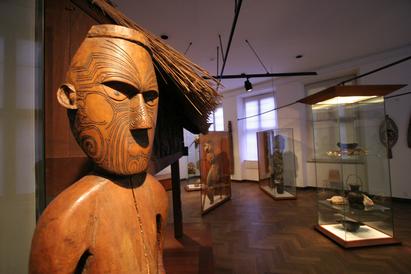Oceania

Oceania is a vast region of the southwestern Pacific Ocean comprising Australia, New Guinea, and the many islands and island groups of Melanesia, Micronesia, and Polynesia, including New Zealand at its southern extreme and the Hawaiian Islands in the north, with over a thousand islands in between.
As early as over 40,000 years ago, New Guinea was populated by people from whom Melanesia’s Papuan-speaking inhabitants are descended. Around 5000 years ago, Austronesian-speaking peoples from Southeast Asia began to expand across Oceania.
These peoples are famous for their seafaring and navigation, hallmarks of a highly mobile maritime cultural adaptation shared across diverse societies. In short order, these dauntless explorers ventured over thousands of square kilometers of open ocean, becoming the ancestors of the inhabitants of Polynesia, Micronesia and certain parts of Melanesia.
Subsequently, many local languages evolved and there was a mixing of various groups of peoples over vast distances. There are great cultural variations in Oceania, but numerous common traits also exist. Many areas have been closely connected to each other through regional trade networks, and the sea is seen even today as binding together rather than dividing the peoples of the various islands and island groups.
In the exhibition ‘People of the Earth’ you can experience ancestral figurines, masks and woodcarvings from the indigenous peoples of Oceania, including, for example, the indigenous inhabitants of Papua New Guinea and the Māori peoples of New Zealand.
